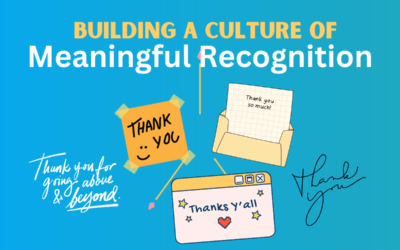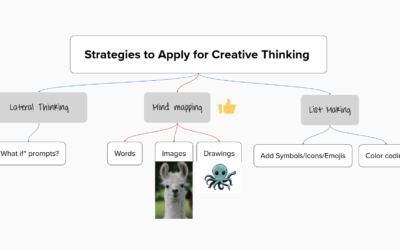 Jim Toscano of Toscano Advisors is fond of warning nonprofits against “leaving money on the table.” Put another way, a charity should always be diligent to express its needs in ways an audience can best understand, and develop a relationship with donors so there is always the best opportunity to gain more support over time. The old way of approaching corporate philanthropy was certainly to ask for the largest grant possible, but most often the thank you note and grant report was the end of that relationship (at least for that grant cycle). That may not be leaving cash on the table, but in the new world of corporate philanthropy, it is certainly leaving a lot of value behind.
Jim Toscano of Toscano Advisors is fond of warning nonprofits against “leaving money on the table.” Put another way, a charity should always be diligent to express its needs in ways an audience can best understand, and develop a relationship with donors so there is always the best opportunity to gain more support over time. The old way of approaching corporate philanthropy was certainly to ask for the largest grant possible, but most often the thank you note and grant report was the end of that relationship (at least for that grant cycle). That may not be leaving cash on the table, but in the new world of corporate philanthropy, it is certainly leaving a lot of value behind.
The most recent numbers show corporate giving at about $14.55 billion dollars a year. Getting a chunk of that change would make any nonprofit happy, but in an age of networks amplifying power, both corporations and charities are poised to do a lot more if they move from simple donations to charitable engagement.
Think of the value institutional givers receive when they make a grant. Of course there is the public benefit of good nonprofit work being done, but that is only one part of the potential value. Over-sized checks and photo ops have been around for decades not because it adds more cash, but because it adds value beyond the mission impact. It adds public relations value for the giver. That is one (but of course not the only) reason for corporations and other institutions to give. Now is the time for both nonprofits and their donors to think of amplifying that gift beyond the PR and annual report. Now we can better leverage the relationship of support, with each new method amplifying the value of the other.
- Corporations have people, and those people can volunteer. When a corporate foundation supports a charity with dollars, charities can follow up with a request for volunteers. This increases the value of the donation from the corporate foundation for the giver, as well. The gift produces community value, PR value, and now HR value as it brings a chance to build a deeper relationship with employees around why the corporation supports this work.
- Corporations have skilled people, and skilled volunteers can be in-kind donations. Nonprofits often dream of having a high-level corporate executive as a board member – but often fail to be as aggressive in seeking other skilled staff for volunteer positions. Legal help is obvious, but what about other skilled volunteers amplifying the value of nonprofit work? Computer programmers, marketing analysts and many more positions can provide huge value if a nonprofit is prepared to utilize those gifts.
- People at corporations have networks, and networks have value. As corporate staff become engaged with charities through donations and volunteerism, they bring extra value as new community advocates. John Haydon tells the story of how Twin Cities Habitat for Humanity dominated Give to the Max Day because (in part) their network of supporters acted as fundraising team captains, sharing personal stories of their connections to Habitat. Many of the same people who swing hammers for the cause became volunteer fundraisers. Their personal stories got donations in because the value of their networks matter.
It’s time for nonprofits to think of all the value of corporate philanthropy, and stop leaving money on the table.
-
Pingback: The NFL is a nonprofit. And there is nothing wrong with that. | Next in Nonprofits


